![]()



We setup 100 feet of Poultry Net Plus fencing behind the playhouse while we converted it into a coop. If you’re considering poultry fencing- electric or not- I recommend speaking with experts to discuss available options and which will best meet your needs; Premier 1 Support can be reached at 800-282-6631.

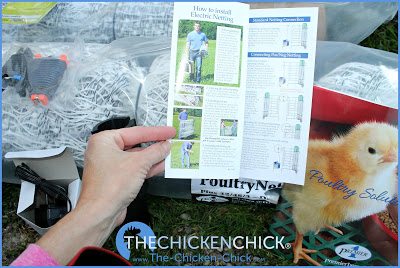
The setup was super easy. It took Mr. Chicken Chick and I approximately 20 minutes from un-boxing to testing.
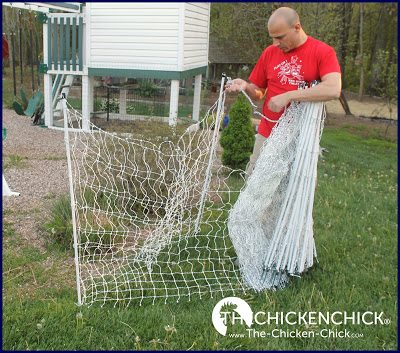
The fencing unfolds like a fan.
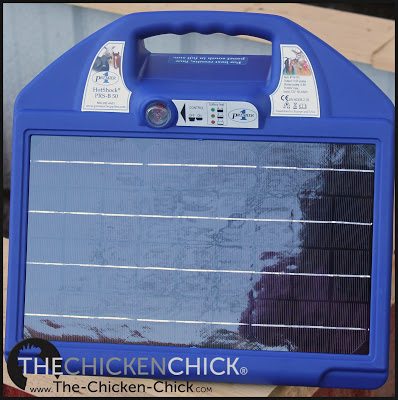
Solar Energizer, one of many different versions available.
We don’t always use the charger to contain the Polish pullets, but when two of our roosters began challenging each other, we used it to keep them separated in the yard until we could re-home one of them, a much better alternative than keeping one of them in a crate.
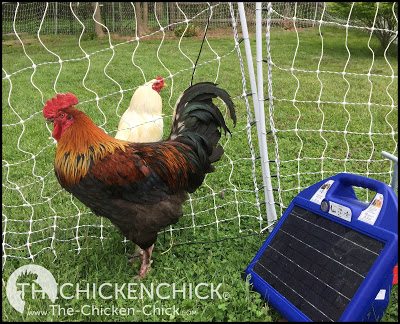
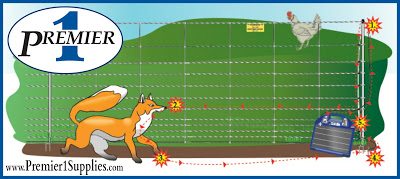
How electric poultry netting works:
With the exception of the bottom strand, the horizontal strands in most nets connect to an energizer that sends a strong electric pulse down the wires approximately once per second. When an animal touches the netting with its sensitive nose, head or ears, the energizer pushes a pulse of electrons out through the netting, which results in a quick, uncomfortable muscle contraction before the charge exits into the ground through the animal’s feet. The unpleasant sensation then causes the animal to avoid the fence. The more contact the animal has with the ground the greater sensation it will feel, so, a fox or raccoon with large, soft feet will get a bigger shock than a chicken. Technical questions and answers about electric poultry netting use and safety can be found at the Premier 1 Supplies website HERE.
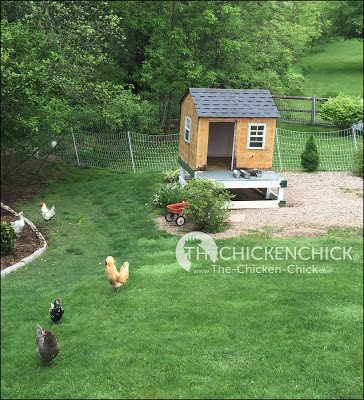
Kathy Shea Mormino
Affectionately known internationally as The Chicken Chick®, Kathy Shea Mormino shares a fun-loving, informative style to raising backyard chickens. …Read on


shop my SPONSORS
![]()



We setup 100 feet of Poultry Net Plus fencing behind the playhouse while we converted it into a coop. If you’re considering poultry fencing- electric or not- I recommend speaking with experts to discuss available options and which will best meet your needs; Premier 1 Support can be reached at 800-282-6631.


The setup was super easy. It took Mr. Chicken Chick and I approximately 20 minutes from un-boxing to testing.

The fencing unfolds like a fan.

Solar Energizer, one of many different versions available.
We don’t always use the charger to contain the Polish pullets, but when two of our roosters began challenging each other, we used it to keep them separated in the yard until we could re-home one of them, a much better alternative than keeping one of them in a crate.


How electric poultry netting works:
With the exception of the bottom strand, the horizontal strands in most nets connect to an energizer that sends a strong electric pulse down the wires approximately once per second. When an animal touches the netting with its sensitive nose, head or ears, the energizer pushes a pulse of electrons out through the netting, which results in a quick, uncomfortable muscle contraction before the charge exits into the ground through the animal’s feet. The unpleasant sensation then causes the animal to avoid the fence. The more contact the animal has with the ground the greater sensation it will feel, so, a fox or raccoon with large, soft feet will get a bigger shock than a chicken. Technical questions and answers about electric poultry netting use and safety can be found at the Premier 1 Supplies website HERE.





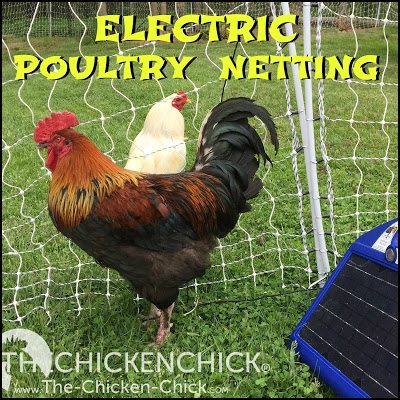









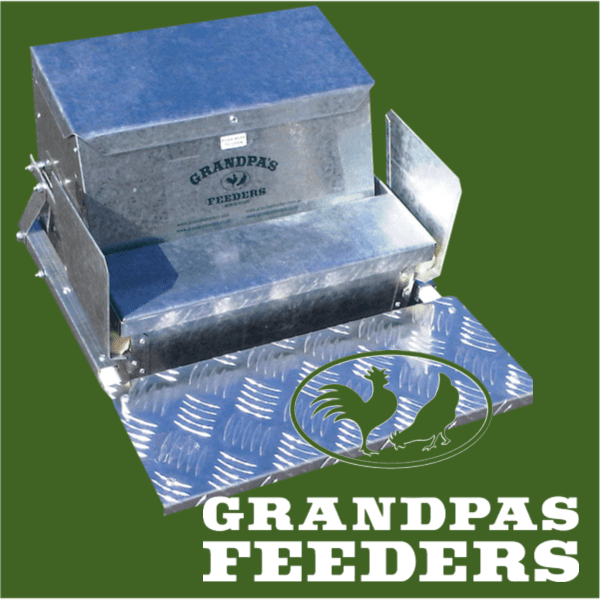

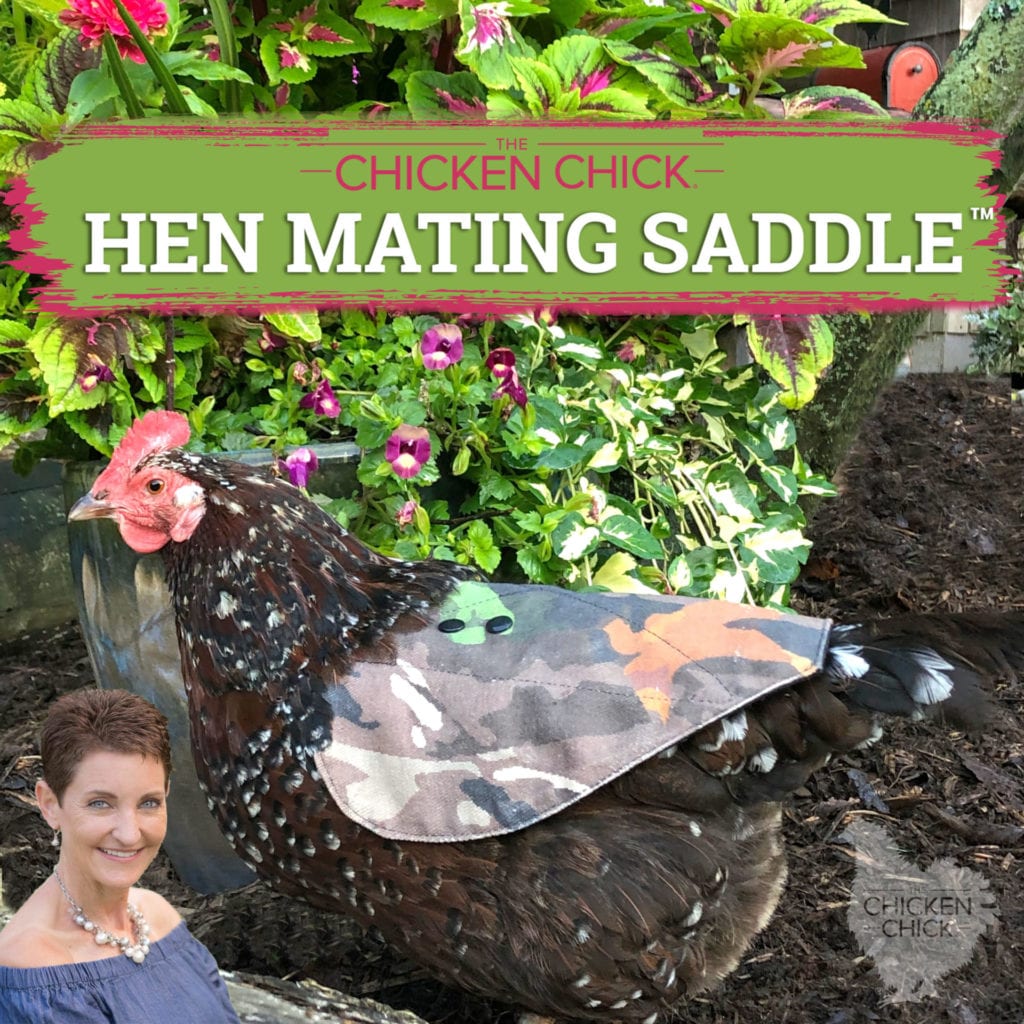







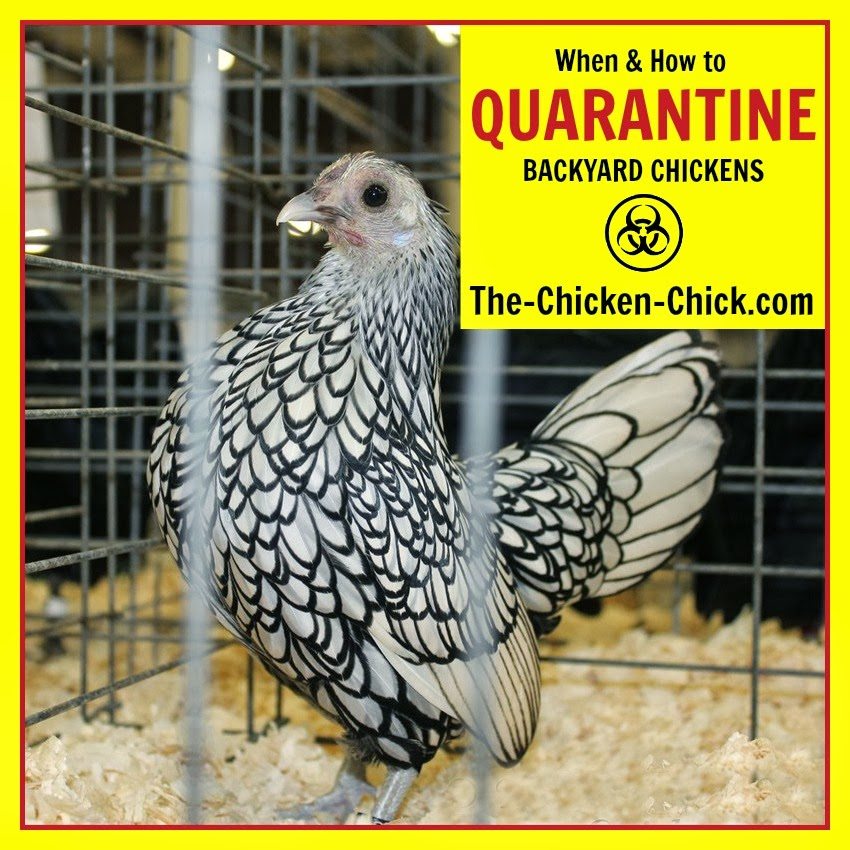




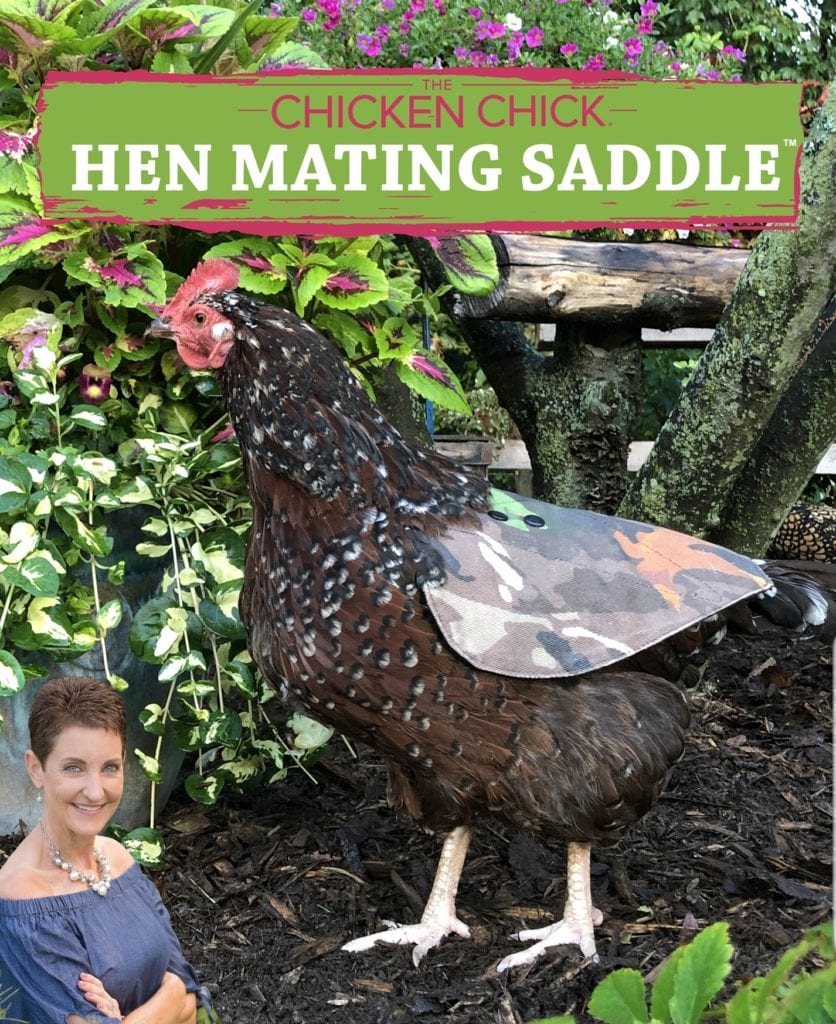










Fingers crossed 🤞
Great giveaway! This would be a nice addition to our chicken yard.